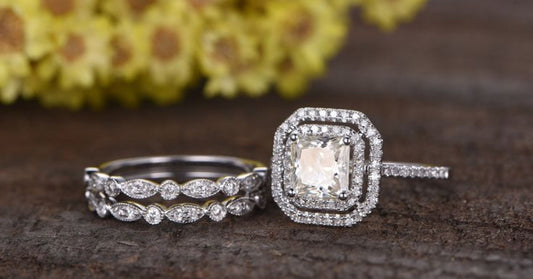CLASSICS HEART BEAT MOONPHASE DATE: FRÉDÉRIQUE CONSTANT REFINES ITS ICONIC DESIGN
Its longevity is testament to the perfection of its lines. Joining the collection eight years ago, the Classics Heart Beat Moonphase Date by Frédérique Constant is now back in the spotlight thanks to a new model in sync with its aspirations: classic in its spirit, modern in its execution. Its 40 mm stainless steel case houses a deep blue dial, giving pride of place to the emblematic Heart Beat aperture. A Maison signature, it offers a view of the balance wheel at 12 o'clock, which powers the self-winding FC-335 mechanical calibre.
The Classics Heart Beat Moonphase Date is the embodiment of one of Frédérique Constant's most iconic designs. The piece was designed to transcend styles, trends and decades—a mission carried out successfully, particularly thanks to its aperture at 12 o'clock, known as the Heart Beat, a testament to the aesthetic mark Frédérique Constant has made on the noble watchmaking tradition.
Classic and timeless
Today, this line's latest creation continues to explore its classic nature with a perfectly balanced 40 mm case. With timeless, traditional yet modern precision, it sits harmoniously on every wrist.
The composition of its dial reflects the same balance. At 12 o'clock, we find the expression of watchmaking expertise that has set Frédérique Constant apart since the very beginning. The "Heart Beat" aperture, designed almost 30 years ago, reveals the beating heart of the watch. Here we see its escapement bringing the self-winding FC-335 mechanical movement to life, beating at 28,800 vibrations per hour, testament to the Swiss craftsmanship dear to Frédérique Constant. It has been designed with a particular focus on simplicity: winding, hours, minutes, date and moon phases are all adjusted with the single crown. The first position winds the movement, while the fourth adjusts the time. The date can be changed in the second position, and the moon phases in the third, as long as the hands are first positioned at 10:10, as this protects the mechanism from being damaged.
From stars to watchmaking
In perfect symmetry with the Heart Beat aperture, a moon phase sits at 6 o'clock. Once considered to be a feminine complication, it is today enjoyed by men and women alike for its cosmic beauty. The moon phase is a reminder that, in the words of historian Dominique Fléchon, "watchmaking is a child of astronomy" and that time was first measured by observing the stars. Now this poetic complication, with an almost monthly cycle (29.5 days), balances the accurate and quick cadence of the seconds hand, bridging the gap between short and long periods of time. Between conventional and sidereal time. Between Earth and the cosmos.
A contemporary set-up unfolds around these two poles, sat against a deep blue. Much like the flame-blued finishes of 19th century timepieces, the moon phase's theatre of expression evokes the immensity of space. As is customary, Frédérique Constant decorated this with guilloche, here a "Clou de Paris", a centuries-old motif that reflects light in multiple directions.
An elaborately composed dial
At the centre of the dial are four hands. The first two, the hours and minutes, end in a so-called "hollowed apple" motif—in Breguet style—, a subtle historical nod to the traditional aesthetic canons of early watchmaking. The next, the seconds—long and slim—keeps the time of the self-winding FC-335 movement with a 38-hour power reserve, visible through the sapphire caseback. The final hand, standing out with its arrow motif, points towards the date, shown in a circle on the flange. It is all worn on a blue leather bracelet, with white topstitching and a steel pin buckle.








